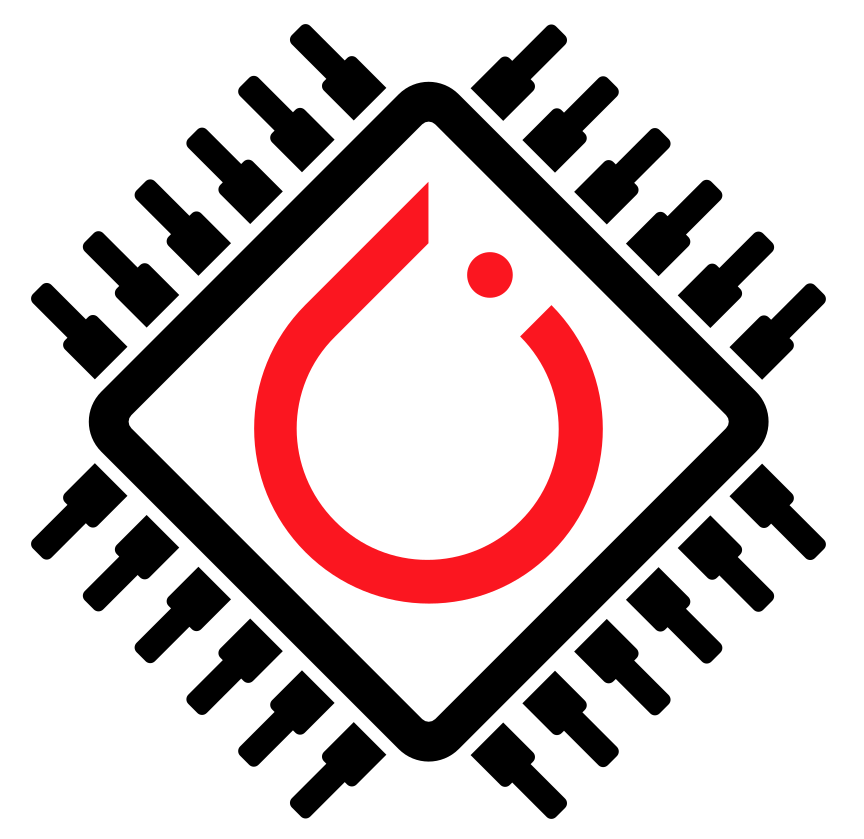Quantization#
The XNNPACK delegate can also be used as a backend to execute symmetrically quantized models. To quantize a PyTorch model for the XNNPACK backend, use the XNNPACKQuantizer. Quantizers are backend specific, which means the XNNPACKQuantizer is configured to quantize models to leverage the quantized operators offered by the XNNPACK Library.
Supported Quantization Schemes#
The XNNPACK delegate supports the following quantization schemes:
8-bit symmetric weights with 8-bit asymmetric activations (via the PT2E quantization flow).
Supports both static and dynamic activations.
Supports per-channel and per-tensor schemes.
Supports linear, convolution, add, mul, cat, and adaptive avg pool 2d operators.
Weight-only quantization is not currently supported on XNNPACK.
8-bit Quantization using the PT2E Flow#
To perform 8-bit quantization with the PT2E flow, perform the following steps prior to exporting the model:
Create an instance of the
XnnpackQuantizerclass. Set quantization parameters.Use
torch.export.exportto prepare for quantization.Call
prepare_pt2eto prepare the model for quantization.For static quantization, run the prepared model with representative samples to calibrate the quantizated tensor activation ranges.
Call
convert_pt2eto quantize the model.Export and lower the model using the standard flow.
The output of convert_pt2e is a PyTorch model which can be exported and lowered using the normal flow. As it is a regular PyTorch model, it can also be used to evaluate the accuracy of the quantized model using standard PyTorch techniques.
import torch
import torchvision.models as models
from torchvision.models.mobilenetv2 import MobileNet_V2_Weights
from executorch.backends.xnnpack.quantizer.xnnpack_quantizer import XNNPACKQuantizer, get_symmetric_quantization_config
from executorch.backends.xnnpack.partition.xnnpack_partitioner import XnnpackPartitioner
from executorch.exir import to_edge_transform_and_lower
from torchao.quantization.pt2e.quantize_pt2e import convert_pt2e, prepare_pt2e
model = models.mobilenetv2.mobilenet_v2(weights=MobileNet_V2_Weights.DEFAULT).eval()
sample_inputs = (torch.randn(1, 3, 224, 224), )
qparams = get_symmetric_quantization_config(is_per_channel=True) # (1)
quantizer = XNNPACKQuantizer()
quantizer.set_global(qparams)
training_ep = torch.export.export(model, sample_inputs).module() # (2)
prepared_model = prepare_pt2e(training_ep, quantizer) # (3)
for cal_sample in [torch.randn(1, 3, 224, 224)]: # Replace with representative model inputs
prepared_model(cal_sample) # (4) Calibrate
quantized_model = convert_pt2e(prepared_model) # (5)
et_program = to_edge_transform_and_lower( # (6)
torch.export.export(quantized_model, sample_inputs),
partitioner=[XnnpackPartitioner()],
).to_executorch()
See PyTorch 2 Export Post Training Quantization for more information.
LLM quantization with quantize_#
The XNNPACK backend also supports quantizing models with the torchao quantize_ API. This is most commonly used for LLMs, requiring more advanced quantization. Since quantize_ is not backend aware, it is important to use a config that is compatible with CPU/XNNPACK:
Quantize embeedings with IntxWeightOnlyConfig (with weight_dtype torch.int2, torch.int4, or torch.int8, using PerGroup or PerAxis granularity)
Quantize linear layers with Int8DynamicActivationIntxWeightConfig (with weight_dtype=torch.int4, using PerGroup or PerAxis granularity)
Below is a simple example, but a more detailed tutorial including accuracy evaluation on popular LLM benchmarks can be found in the torchao documentation.
from torchao.quantization.granularity import PerGroup, PerAxis
from torchao.quantization.quant_api import (
IntxWeightOnlyConfig,
Int8DynamicActivationIntxWeightConfig,
quantize_,
)
# Quantize embeddings with 8-bits, per channel
embedding_config = IntxWeightOnlyConfig(
weight_dtype=torch.int8,
granularity=PerAxis(0),
)
qunatize_(
eager_model,
lambda m, fqn: isinstance(m, torch.nn.Embedding),
)
# Quatize linear layers with 8-bit dynamic activations and 4-bit weights
linear_config = Int8DynamicActivationIntxWeightConfig(
weight_dtype=torch.int4,
weight_granularity=PerGroup(32),
)
quantize_(eager_model, linear_config)

